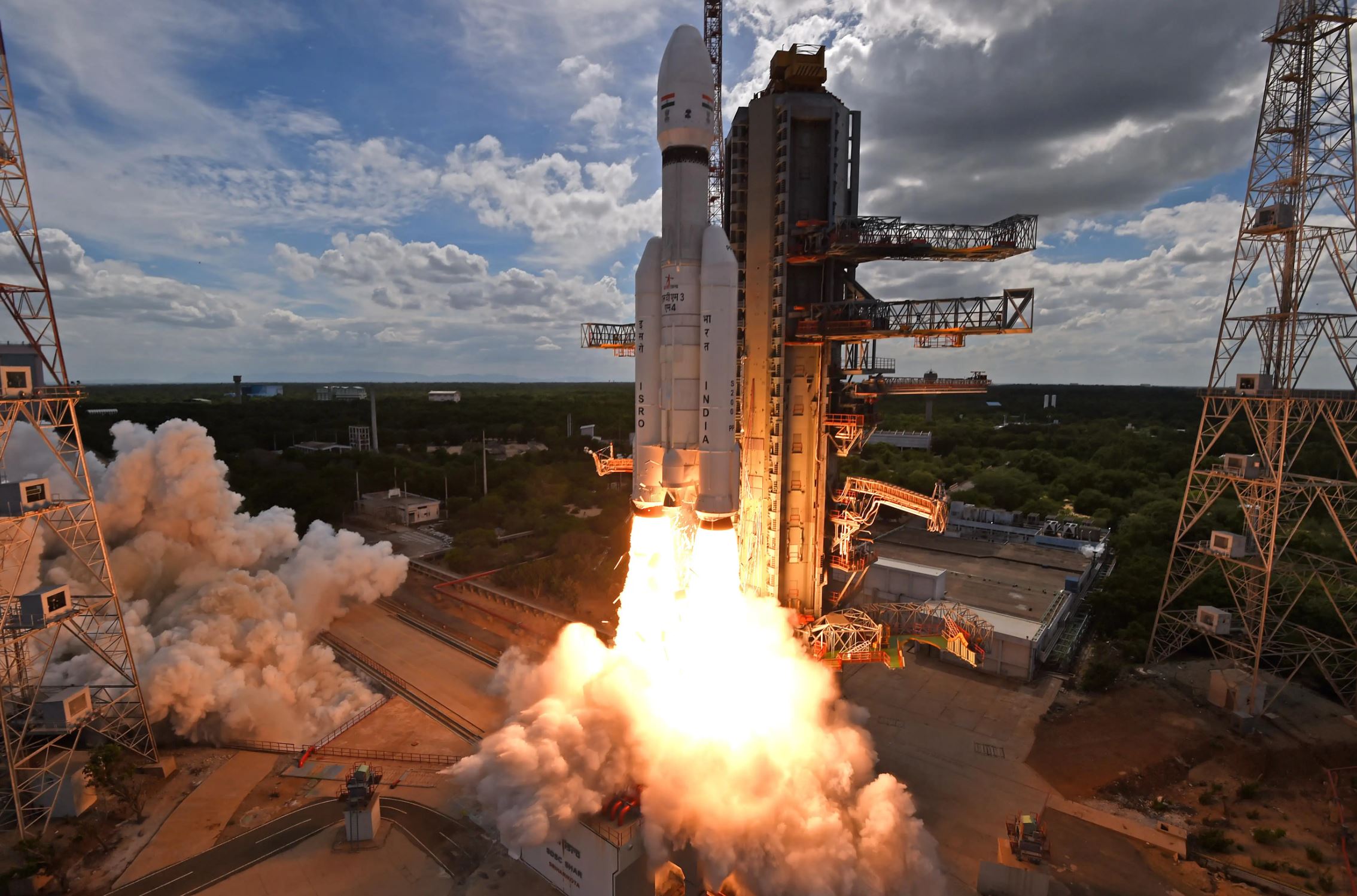HELSINKI — India will make its second moon landing attempt in 18 days’ time after its Chandrayaan-3 spacecraft arrived in lunar orbit Saturday.
Chandrayaan-3 began a roughly 30-minute burn around 9:30 a.m. Eastern, seeing the spacecraft enter an elliptical lunar orbit, the Indian Space Research Organization (ISRO) stated via social media.
“MOX, ISTRAC, this is Chandrayaan-3. I am feeling lunar gravity,” ISRO Tweeted. “A retro-burning at the Perilune was commanded from the Mission Operations Complex (MOX), ISTRAC, Bengaluru.”
The spacecraft will gradually alter its orbit with a burn to reduce apolune Sunday, Aug. 6. It will settle into a 100-kilometer-altitude, circular polar orbit on Aug. 17.
From here, the Vikram lander will separate from the mission’s propulsion module and enter a 35 x 100-km orbit in preparation for landing.
Final descent and the soft landing attempt is set for Aug. 23. The primary landing site is in the vicinity of the lunar South Pole region, located at 69.37 degrees south latitude and 32.35 degrees east longitude. No previous Moon mission has landed at a lower latitude.
If successful, Chandrayaan-3 will make India only the fourth country in the world to achieve a lunar landing, joining the U.S., the former Soviet Union and China.
Chandrayaan-3 launched July 14 on a LVM-3 heavy-lift rocket from Satish Dhawan Space Centre into an initial orbit similar to a geosynchronous transfer orbit, beginning a circuitous journey to the moon.
The spacecraft performed five orbit-raising maneuvers across the following two weeks before making a successful translunar injection burn July 31 (UTC).
European Space Tracking (ESTRACK) is providing ground station support for tracking the mission. ESTRACK has previously supported Chinese lunar missions.

ISRO chose the prime landing site using high-resolution photographs and data from Chandrayaan-2 orbiter and NASA’s Lunar Reconnaissance Orbiter. The mission is a follow-up to the Chandrayaan-2 landing attempt which experienced a hard landing in 2019 due to a software glitch. That mission carried an orbiter which is still in operation around the moon.
ISRO says it has studied the lessons from 2019 and upgraded the software for Chandrayaan-3.
The main mission objective is to demonstrate a safe landing on the lunar surface. Beyond this, the mission will seek to demonstrate surface operations through the small, 26-kilogram Pragyan rover and conduct in-situ science experiments.
The 1,752-kilogram Vikram lander will deploy the six-wheeled Pragyan rover via a ramp. The solar-powered duo will carry out a set of scientific experiments for the duration of daytime at the landing site. One period of lunar daylight on the moon lasts for fourteen Earth days. Without radioisotope heater units the spacecraft are not expected to survive the deep cold of lunar nighttime.
India’s first lunar mission, the Chandrayaan-1 orbiter, launched in 2008. It spent a year in lunar orbit hunting for evidence of water molecules. It was then deliberately commanded to crash-land onto the lunar surface in 2009. The Chandrayaan-2 mission orbiter is still in orbit collecting science data.
